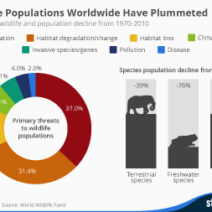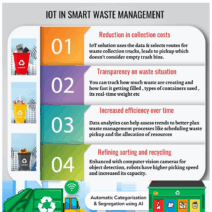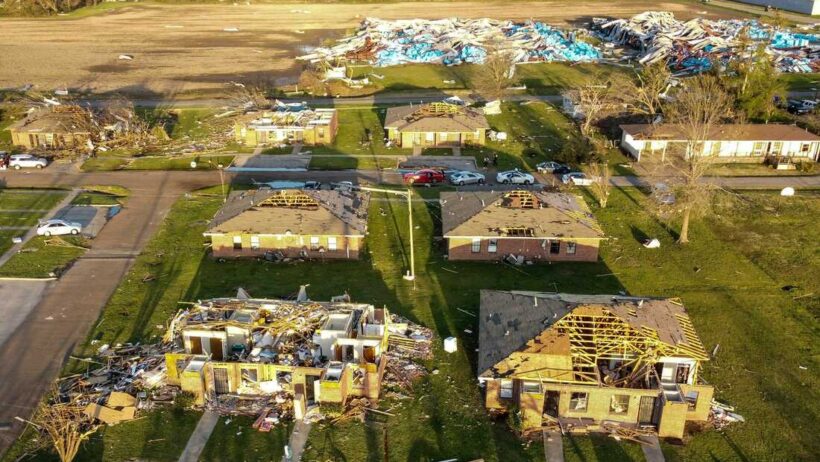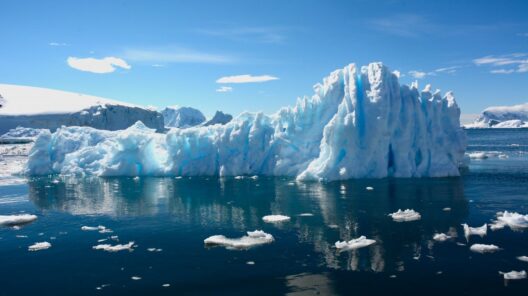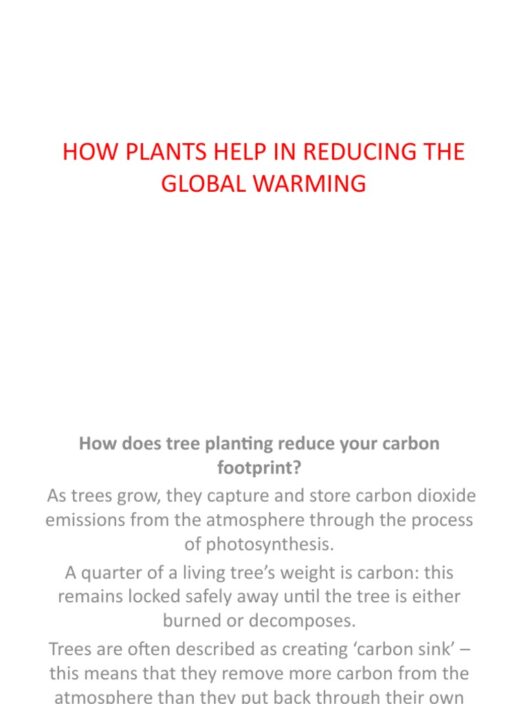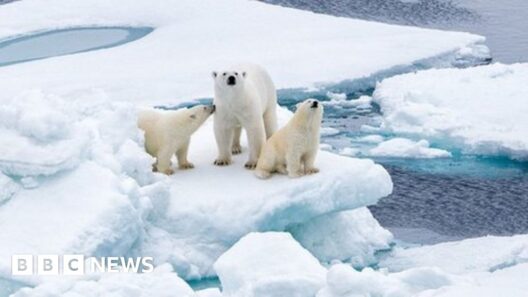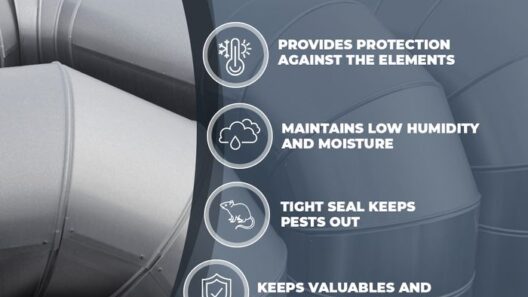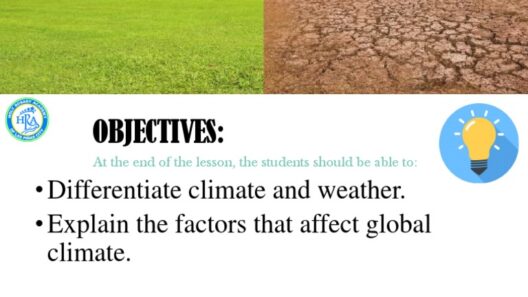The relationship between climate change and the increasing frequency and intensity of tornadoes is a topic of burgeoning investigation and critical discourse. With the looming specter of climate change impacting various weather phenomena, understanding its role in the evolution of tornado events is both crucial and timely. Tornadoes, those violent spirals of wind that can decimate areas in seconds, are influenced by a multitude of factors, and climate change introduces an intriguing layer of complexity to this already multifaceted equation.
To comprehend the nexus between climate change and tornado activity, it is essential to delineate what climate change entails. Climate change refers to a significant alteration in temperature and typical weather patterns over extended periods, primarily attributed to human activities such as fossil fuel combustion, deforestation, and industrial processes. As global temperatures rise due to greenhouse gas emissions, alterations in weather patterns are anticipated, leading to an increase in severe weather events. Yet, the direct link between climate change and tornado formation remains a matter of scientific scrutiny.
The genesis of a tornado involves a variety of meteorological conditions. The ingredients necessary for tornado formation typically include warm, moist air at the surface, along with cooler, dry air aloft, creating instability in the atmosphere. This instability can lead to the development of thunderstorms, particularly supercells. While climate change may not directly create tornadoes, it does have the potential to modify atmospheric conditions that foster tornado development.
Research indicates that as the planet warms, the atmosphere retains more moisture. This heightened humidity can enhance the severity of thunderstorms since moisture is a critical component for cloud formation and precipitation. When intense thunderstorms occur, the chances for tornado formation tend to increase. Furthermore, the warming climate can lead to changes in wind patterns, which are vital for the organization of supercells—a type of thunderstorm known for producing severe weather, including tornadoes.
The relationship between climate change and extreme tornado events is further complicated by variability in tornado occurrences across different geographical regions. For instance, while some studies indicate a potential uptick in the intensity of tornadoes, others suggest a decrease in the overall frequency of tornado events in certain areas historically known for tornado activity. This inconsistency might lead to confusion regarding the extent to which climate change influences tornado behavior.
Despite the uncertainties, one cannot dismiss the consensus among meteorologists that a warming climate can exacerbate the conditions necessary for severe weather, which includes tornadoes. For example, a rise in sea surface temperatures, particularly in the Gulf of Mexico, correlates with increases in tropical moisture transported into the central United States, a critical factor in severe storm development. This phenomenon showcases a tangible effect of climate change on the dynamic processes that lead to tornado formation.
Examining historical trends also provides insight into how tornado intensity might correlate with climate change. Data suggests that the frequency of violent tornadoes—classified as EF3 and above—may have increased, particularly in the last few decades. Though direct causation is challenging to establish, the patterns suggest a correlation that merits further investigation. The escalating destructiveness of tornadoes, linked with climate change trends, prompts an imperative for proactive approaches in understanding and mitigating tornado-related disasters.
One cannot ignore the societal implications of this discourse. Communities across the frequency of tornado-prone regions are left vulnerable, often unprepared for the catastrophic impacts of severe weather events. As climate patterns shift, small-focus communities grapple with economic disruptions tied to extreme weather. The need for enhanced preparedness and resilient infrastructure becomes paramount, and this is where the intersection of climate science and social responsibility lies. Regions must invest in advanced warning systems, emergency protocols, and education for their populations in anticipation of tornado events exacerbated by climate change.
Moreover, the discussion surrounding climate change and tornadoes presents an opportunity for climate activism and policy reform. Advocating for mitigation strategies to combat climate change can be framed not merely as an environmental imperative but as a necessary community safeguard. By addressing the root causes of climate change—reducing greenhouse gas emissions, promoting renewable energy sources, and implementing sustainable practices—societies can mitigate the future impacts of extreme weather events, including tornadoes.
In the scholarly community, further empirical research is paramount. Extensive studies are necessary to unveil the intricacies of how climate dynamics interact with severe weather patterns. The complexity of atmospheric systems necessitates a multidisciplinary approach, incorporating meteorology, climatology, and even social sciences to understand the full scope of implications deriving from the evolving climate.
In summation, while the discourse surrounding “Does climate change cause tornadoes?” reveals a complex interplay rather than a simplistic cause-and-effect relationship, it is irrefutable that climate change shapes the conditions under which tornadoes form. In uncovering the nuances of this relationship, one finds a clarion call for proactive adaptation and robust climate action. As society confronts the realities of a shifting climate, the heightened awareness regarding tornado risks intertwines seamlessly with advocacy for a sustainable future. This journey towards understanding not only equips communities for better resilience but also galvanizes a collective effort towards preserving the environment for generations to come.
